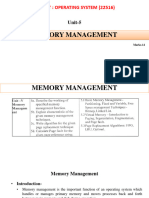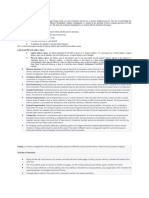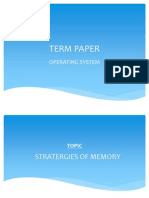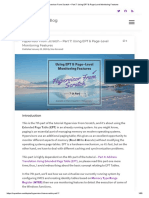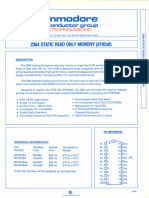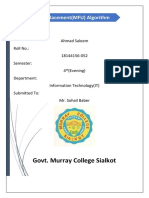0% found this document useful (0 votes)
10 views3 pagesUnit III Memory Management Notes
Memory management is a technique for managing RAM in an operating system, focusing on allocating memory for processes and improving system performance while reducing fragmentation. Key concepts include swapping, contiguous and non-contiguous memory allocation methods like paging and segmentation, and virtual memory, which extends RAM using disk space. Fragmentation issues and thrashing can arise, necessitating effective management strategies to optimize performance.
Uploaded by
Prajwal TilekarCopyright
© © All Rights Reserved
We take content rights seriously. If you suspect this is your content, claim it here.
Available Formats
Download as DOCX, PDF, TXT or read online on Scribd
0% found this document useful (0 votes)
10 views3 pagesUnit III Memory Management Notes
Memory management is a technique for managing RAM in an operating system, focusing on allocating memory for processes and improving system performance while reducing fragmentation. Key concepts include swapping, contiguous and non-contiguous memory allocation methods like paging and segmentation, and virtual memory, which extends RAM using disk space. Fragmentation issues and thrashing can arise, necessitating effective management strategies to optimize performance.
Uploaded by
Prajwal TilekarCopyright
© © All Rights Reserved
We take content rights seriously. If you suspect this is your content, claim it here.
Available Formats
Download as DOCX, PDF, TXT or read online on Scribd
/ 3










